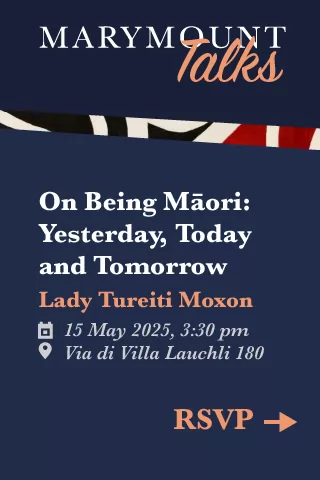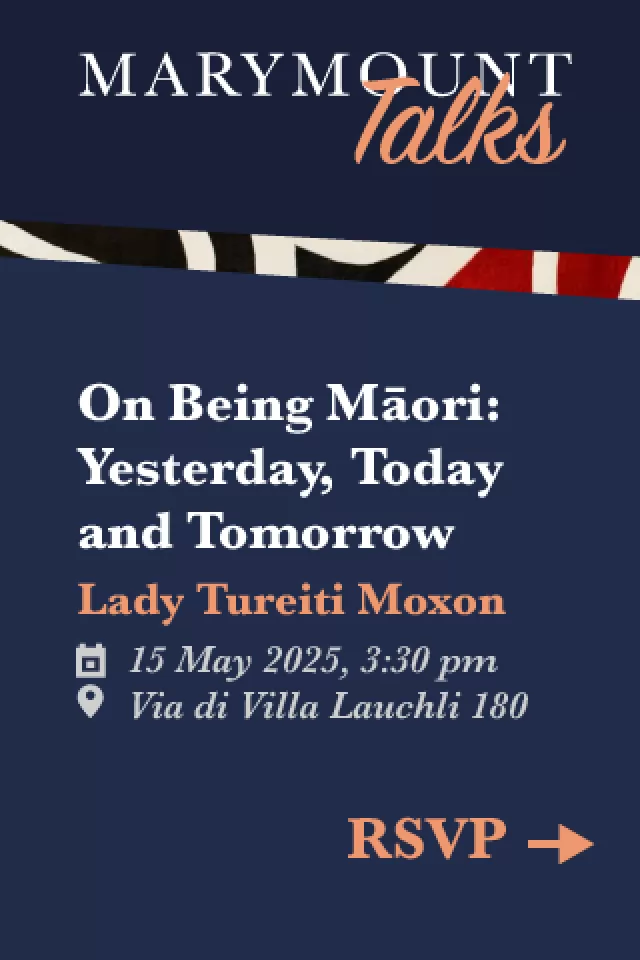Jazz in Rome: la Casa del Jazz
It is hard to believe that the magnificent and recently restored 1930s villa standing in a vast pine-studded park across from the Porta Ardeatina section of the Aurelian walls in south Rome was once owned by Enrico Nicoletti, the boss of Italys notorious Magliana criminal band. Between 1977 and 1992 the gang ran the most ambitious drug, prostitution and arms trafficking operation ever seen in Rome, modelling itself after mafia families.
Villa Osio, designed by Cesare Pascoletti, a pupil of the famed architect Marcello Piacentini, was turned over to the city of Rome in 2001 as a result of the La Torre law confiscating property belonging to the mafia or which has been acquired illegally. The villa, park and two other buildings on the estate built in the late 1950s and early 1960s were carefully restored and transformed into the citys first and only Casa del Jazz (House of Jazz).
Romes current mayor Walter Veltroni is the man who made the venture happen. As soon as he saw it he knew this would be a fantastic place to dedicate to jazz, says Luciano Linzi, the venues bearded and genial Veneto-born artistic director. And thank you God, he adds looking skywards and laughing out loud.
The Casa opened last year on 21 April, the day that marks the legendary founding of Rome. By mid-March this year it had already welcomed over 70,000 visitors attending everything from concerts and conferences to tribute events and music master-classes. According to Linzi, the space is going from strength to strength but he warns that there is no room for complacency. This year weve had to take a cut of 30-35 per cent in public funding and had to reduce and re-evaluate our activities, he says.
In reality this means that the concerts and main events will go ahead (in summer the park provides space for outdoor concerts with up to 1,000 seats), but plans to get the audio-visual archive and foresteria (sleeping quarters for visiting musicians, musicologists and journalists) off the ground and to open the book and record shop all day instead of only in the evenings have been momentarily halted. However, Linzi hopes that by summer the problems will have been ironed out.
Fortunately for all involved, the public money has run low only now and not, say, two years ago. The city council spent 5.5 million restoring and furnishing the venue with state-of-the-art audio-visual equipment and instruments; its concert venue is fully wired so that any event can be recorded and filmed for posterity and, in the future, sold on a Casa del Jazz record label.
Some public funding is also used for regular activities and the day-to-day running of the Casa but 65 per cent of its budget comes from private sponsors such as Lottomatica, Fastweb, Porsche, Kimbo and the Poste Italiane. Linzi is hoping to increase the support of private sponsors even further to make up for the shortfall in public money.
His approach seems to be one of maximum inclusion; his vision is of a place where jazz is accessible to all. It follows, therefore, that the venues programming is extremely varied. Since we are not a club but an institution we try to cover as many styles as possible: classical jazz, modern jazz, avant-garde jazz, or jazz blended with other musical styles, Linzi explains. One monthly event, called Altre facce, altri suoni, hosts groups or artists who mix jazz music with Brazilian or electronic sounds, or even with traditional and folk music.
A very popular event has been the venues Sunday morning concerts featuring the most accessible and entertaining classical or Dixieland jazz. Older and younger people attend in droves, attracted also by the brunch spread put on in the restaurant after the concert.
Linzi is light years away from the sort of jazz enthusiast who silently abhors people with mainstream tastes. Maybe this is because he spent 15 years at Warner Italy in Milan managing highly commercial pop artists and because, by his own admission, his tastes are pretty eclectic. I was a great fan of progressive rock while growing up and came to jazz that way, he says.
When prodded, he admits that some jazz lovers believe their tastes are in some way superior. But this is the sort of attitude that does not do any good to music, art or culture. Art is beautiful when it is something that can be shared, he says, suddenly turning very serious. And its beautiful when it communicates something special to you, and that might be something totally different from what it is communicating to me.
The aura of exclusivity the jazz world has suffered from in the past, when jazz was considered a music for the few, understandable only to a few, has changed, says Linzi. And Rome seems to be doing a great deal to nurture this legacy of openness. Rome is the city in Italy that has invested most in the diffusion and knowledge of jazz in the last few years. And the public has got to know the music in wonderful locations, such as the La Palma Club and the Villa Celimontana summer festival, he goes on. The Auditorium-Parco della Musica and its programming choices have also played their part in making jazz appealing to all kinds of people and not just aficionados, according to Linzi. He says that Romes recent cultural endeavours have created a new model based on history but projected towards the future. And this is how, he believes, one goes about creating a dynamic place where the younger generations are fully involved in the citys cultural life.
Casa del Jazz, Viale di Porta Ardeatina 55. For more information
tel. 06704731 (Mon-Fri 10.00-18.00) or see www.casajazz.it.

















